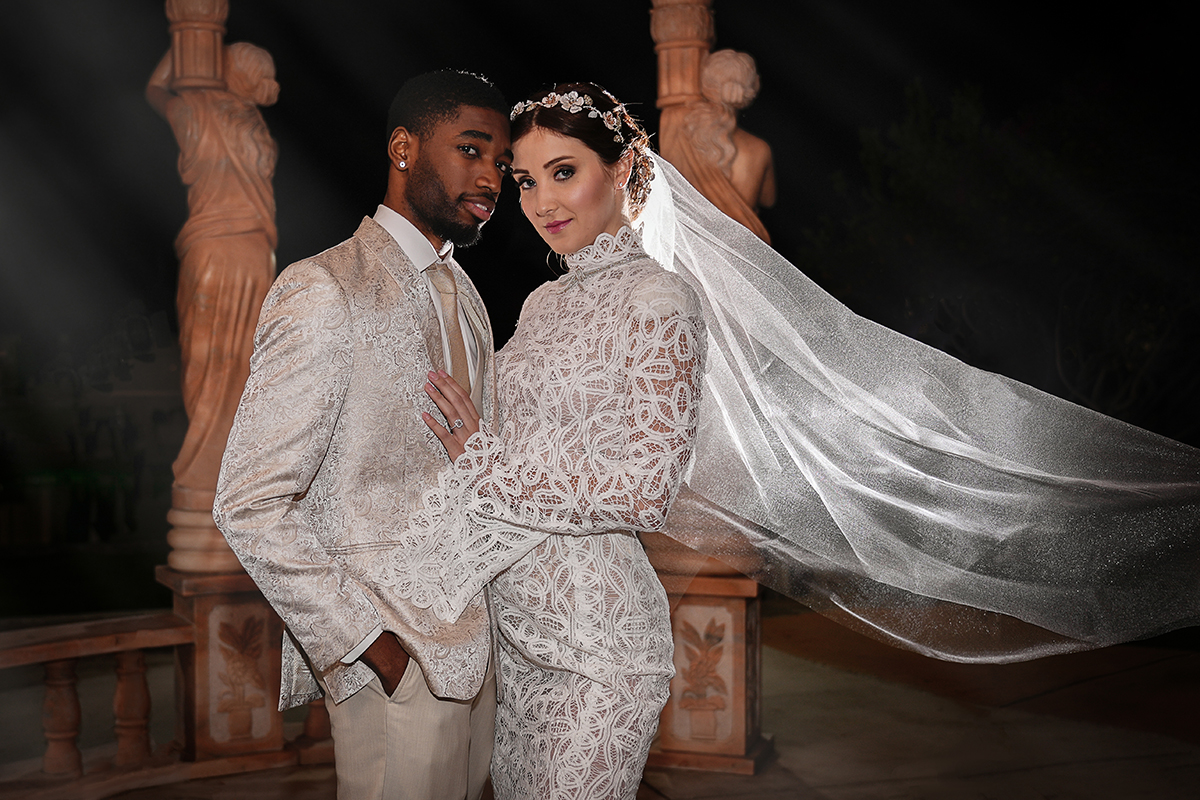Getting Inside the ‘I Do’s’
Mark Teng uses his Tamron 17-28mm F/2.8, 28-75mm F/2.8 G2, and 70-180mm F/2.8 lenses to draw out the raw emotion of the big day.
Share the article:
More Photo Tips | Video Gallery | Photo Gallery | Enewsletter sign-up
By Jenn Gidman
Images by Mark Teng
Ask Mark Teng how he became a wedding photographer, and you’ll hear an origin story like no other. Although he’d dabbled in photography in college, it wasn’t until he got married and had children that he picked up a camera and started taking pictures more seriously. He noticed his wife, Toni, who was taking pictures with her iPhone, also had an eye for photography, and so he suggested the two of them started taking photography classes together at a local community college. “I bought her a real camera of her own, and those classes became our date night,” he laughs.
The first wedding they photographed together is where the story gets interesting. “One of our class instructors mentioned she knew a couple who was getting married, couldn’t pay much for a wedding photographer, and wondered if any of her students would be willing to take pictures at their wedding,” Mark recalls. “We said yes, and it turned out it was a Viking-themed wedding. The bride and groom were dressed in fur and were staying in tents, camped outside. It was an off-the-wall event, and we had a blast.”
That opportunity sparked the couple’s love for wedding photography, and today they can often be seen capturing the big day at ceremonies and receptions throughout Southern California. “It can be tough in terms of scheduling, because we have four kids, but we have good babysitters, which helps,” Mark says. “Toni is my second shooter, and what’s great about working as a team with her is that our styles complement each other. I’m more of a photojournalistic shooter, while my wife gravitates more toward the fashion angle of the event. Wedding days can be so hectic, so it’s super-helpful to know she’s there to pick up on photo opportunities that I might not even notice.”
To capture his weddings, Mark uses the Tamron 17-28mm F/2.8 Di III RXD, 28-75mm F/2.8 Di III VXD G2, and the 70-180mm F/2.8 Di III VXD lenses. “I know many wedding photographers prefer prime lenses, but I like to minimize my reaction time,” he says. “Having these zoom lenses on my camera allows me to quickly adapt to the hectic pace of a wedding, and in a variety of situations, without missing the shot. They’re all so sharp, and I’m particularly impressed with the autofocus on the 28-75 G2. I shot an entire wedding with that lens, and I think the autofocus missed five out of 3,000 shots. That’s a pretty incredible ratio. The Tamron lenses are also all so lightweight and compact—I can keep the entire collection in one of those sling-type bags, which is easy to carry around during such a long event.”
Mark characterizes his style as on the natural but moodier side, with a focus on showing as much raw emotion as possible. “When the bride and groom look back at these images years from now, I want them to be transported back to what they felt that day, and what those relationships with everyone who was at their wedding meant to them,” he says.
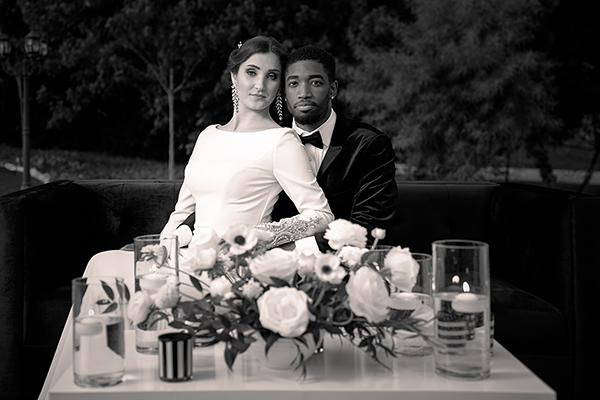
28-75mm G2 (45mm), F/2.8, 1/125th sec., ISO 200
Click image to view larger
Contending with less-than-ideal lighting in various venues is among the biggest challenges in wedding photography, and Mark says it took him a long time to learn to effectively maximize the lighting he encounters at the scene. “You need to find good light,” he says. “You might find what you think is the perfect backdrop, but if it’s not in good light, there will be harsh shadows on the bride and groom, or it will otherwise be unflattering. You’ll have to struggle to add light to the photo, and you still may not get a picture that does justice to the couple.”
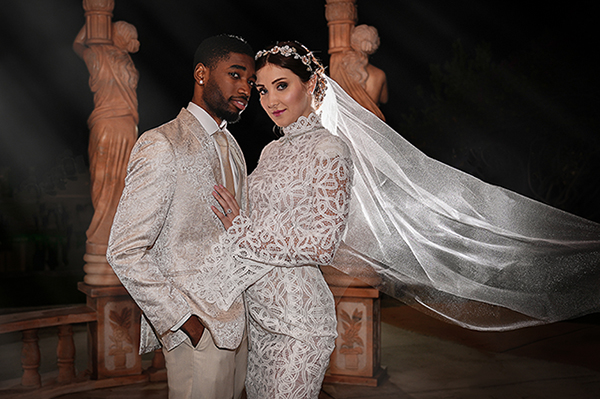
28-75mm G2 (32mm), F/2.8, 1/60th sec., ISO 100
Click image to view larger
Instead, Mark seeks out the best light he can to showcase his bride and groom. “I’ll often look for open shade,” he says. “You’ll also notice a lot of outdoor corridors in my photos. That’s because there’s a good amount of light there, but the sun isn’t directly overhead, so the bride won’t get dark shadows under her eyes or that harsh directional light beaming down. In corridors, the light comes in from the side, so it’s much more flattering.”
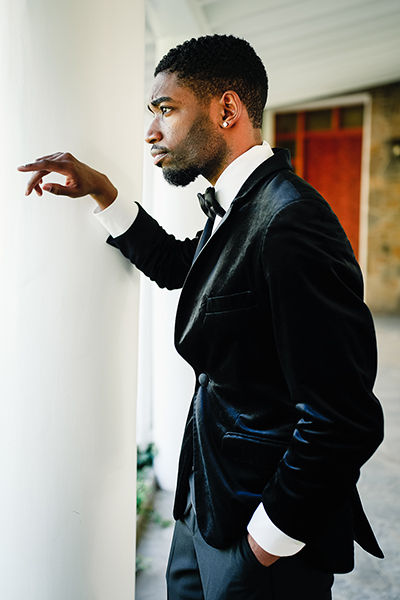
28-75mm G2 (55mm), F/2.8, 1/80th sec., ISO 100
Click image to view larger
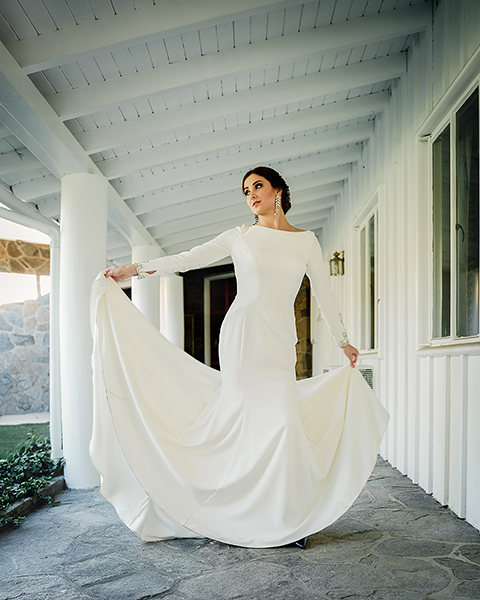
28-75mm G2 (28mm), F/2.8, 1/60th sec., ISO 100
Click image to view larger
In certain cases, Mark will use more direct light to his benefit. “For the close-up portrait of the groom you see here, I was taking a few pictures of him while the bride was getting ready,” he says. “When I photograph men, I like to add a little sculpting to their face. I told this groom we were going to put his face in the light in such a way that the shadows would carve out the form of his face and give it that more defined look.”
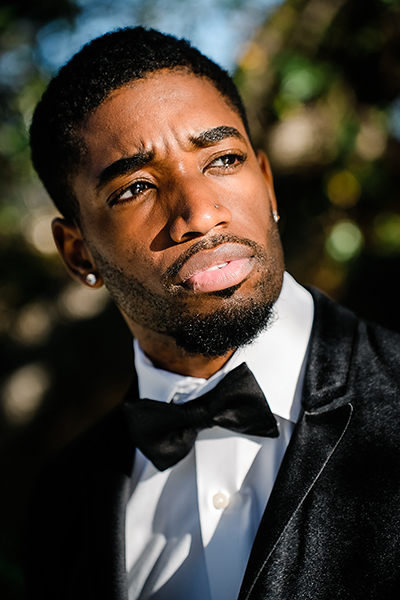
28-75mm G2 (75mm), F/2.8, 1/1000th sec., ISO 100
Click image to view larger
Once Mark’s got where he’s going to shoot down, helping the couples feel natural in front of his camera is his next goal. “If they feel awkward, you’re going to get awkward photos, because the camera picks up on that and conveys it back to the viewer,” he says.
Instead, Mark uses what he calls a “mind trick” of sorts to get things going. “As I’m taking some of the initial photos, I’ll start complimenting them on what they’re doing right, or even on how they look in general,” he says. “Or I’ll comment on what a powerful connection they seem to have with each other. By telling them that’s what you’re seeing, they actually start to show that. Then, when they’re more comfortable, I’ll add in some more subtle guidance, like instructing the groom to put a little more weight on one foot to look taller, or telling the bride to move her chin a little to the right to cast more light on her face.”
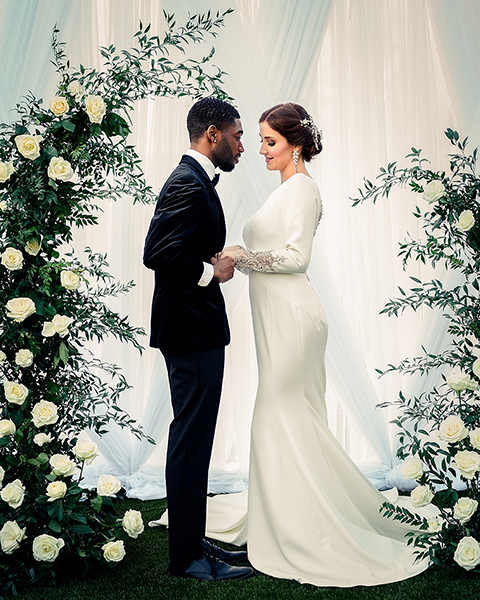
28-75mm G2 (41mm), F/2.8, 1/125th sec., ISO 200
Click image to view larger
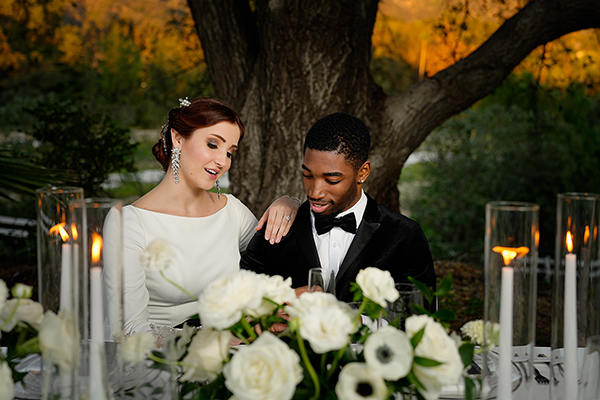
28-75mm G2 (41mm), F/2.8, 1/200th sec., ISO 100
Click image to view larger
Mark knows it’s time to progress to the next set of images when the couple starts looking uncomfortable or restless. “I stop whenever I see I’m starting to lose momentum,” he says. “It’s important that they appear natural. Once they lose that vibe, you have to move on.”
To see more of Mark and Toni Teng’s work, go to www.tengweddings.com.
More Photo Tips | Watch Videos | Learn More About Tamron Lenses | Photo Gallery
